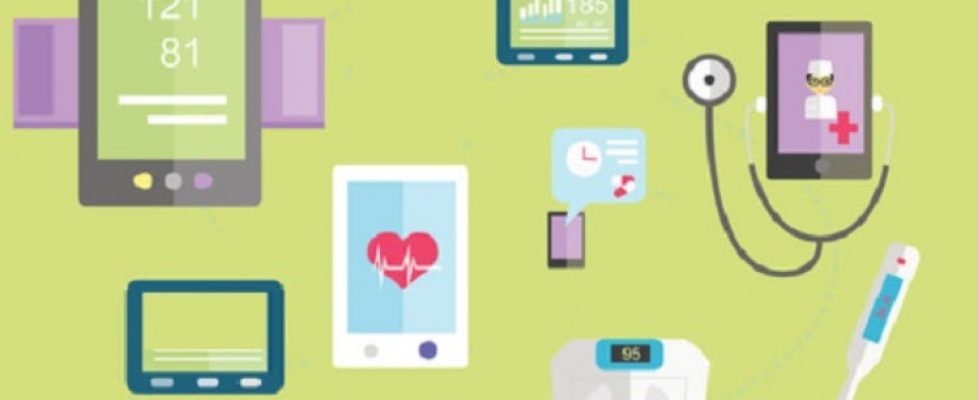7.1M Patients Use Remote Monitoring, Connected Medical Devices
The use of remote patient monitoring platforms continues to grow primarily because it enables patients to take more action in the care of their health.
February 13, 2017 by Thomas Beaton
More patients than ever are using connected medical devices to engage in remote monitoring and virtual healthcare.
More than seven million patients now benefit from remote monitoring and the use of connected medical devices as an integral part of their care routines, says a new estimate from Berg Insights. Remote monitoring use grew by 44 percent in 2016 as providers and patients rapidly embraced the convenience of mHealth tools.
The use of remote monitoring is expected to continue its growth at a compound annual growth rate (CAGR) of 47.9 percent to reach 50.2 million by 2021.
Consumer demand for virtual services is increasing in a healthcare environment that doesn’t meet these expectations. The mHealth market is on track to push that demand into care applications and services that encourage patient engagement.
Dig Deeper
“Care delivery platforms and mHealth connectivity solutions are two of the most rapidly developing parts of the mHealth technology value chain,” Berg Insights explained. “Care delivery platforms are software solutions that enable the remote delivery of healthcare services and allow care efforts to be coordinated between patients, various professional caregivers and other stakeholders such as the patient’s family.”
Sleep therapy devices and applications that monitored a patient’s cardiac rhythm management (CRM) device accounted for 80 percent of all connected home monitoring services in 2016.
“The number of remotely monitored sleep therapy patients grew by 70 percent in 2016” says Anders Frick, Senior Analyst at Berg Insight.
Telehealth applications accounted for the third largest mHealth growth with half a million new users. Other categories such as ECG and blood glucose monitoring, as well as medication adherence applications, accounted for under a million new users combined.
Notably, the number of mHealth devices with cellular connectivity jumped from 3 million in 2015 to 4.9 million in 2016. Berg Insights suggests this number is based on the convenience, low cost, and younger demographic appeal of mHealth device at the consumer level.
mHealth devices also appeal to specific patient-centered monitoring of chronic disease management such as diabetes and asthma, where patients use their smartphone instead of dedicated devices. Berg Insights expects these activities to increase over the next five years with a CAGR of 109 percent.
mHealth applications like therapeutic monitoring and general care delivery platforms can help providers reach several patients at once and cut costs to bolster patient engagement.
“Care delivery platforms will be instrumental for engaging patients in their own care and delivering remote monitoring services to a large number of people in a cost efficient way,” the Berg team said. “There are various types of care delivery platforms available on the market. General purpose platforms can be adapted to a wide variety of use cases and are often used as the foundation for developing therapeutic area specific mHealth products.”

